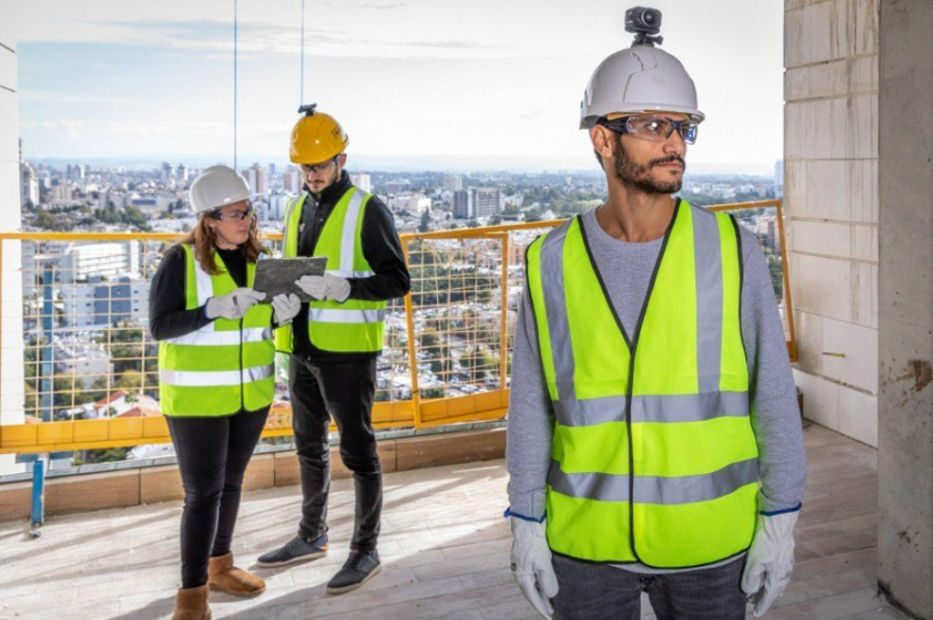Buildots takes data directly from construction sites
- May 3, 2022
- Steve Rogerson

Israeli start-up Buildots, which uses AI and computer vision to modernise construction management, has announced scheduling integrations that will feed data directly from construction sites to planning platforms.
This should automate the process by which teams update and understand progress.
Construction teams depend on project planning platforms such as Oracle Primavera P6, Asta Powerproject and Microsoft Project, which require manual input to update progress and schedules. This means site teams regularly and manually compile progress reports, which is a laborious and time-consuming process. Beyond gathering information from unaligned sources, it often requires referring back to building sites to double and triple check gathered information.
Buildots provides a single source of truth for construction site activities. By collecting data with hardhat-mounted 360˚ cameras and processing these data with AI, it enables teams to keep construction on schedule and flag mistakes in real time.
Buildots’ latest integrations create a direct sync between on-site activities and project planning platforms. This provides teams with coherent information in real time, enabling them to understand progress and better predict when projects will end.
By feeding data directly to planning platforms, these integrations automate real-time progress into scheduling, letting schedule owners allocate more time to decision-making instead of organising and sifting through data collected from sites.
“After seeing our clients manually updating their schedules based on the data provided by our platform, we immediately saw the potential for freeing up managers’ precious time on site,” said Roy Danon, CEO of Buildots. “The highly accurate data that are now automatically fed into schedules will help planners provide better estimates and respond more quickly to developments affecting their projects.”
Buildots is a Tel Aviv and London-based start-up leveraging the power of AI and computer vision to modernise the construction management industry. It uses hardhat-mounted cameras to capture imaging of every detail of an ongoing project during regular site walks. The data are then analysed using AI models to transform random visual data into accurate, actionable insights that are correlated with the project’s designs and schedule.




